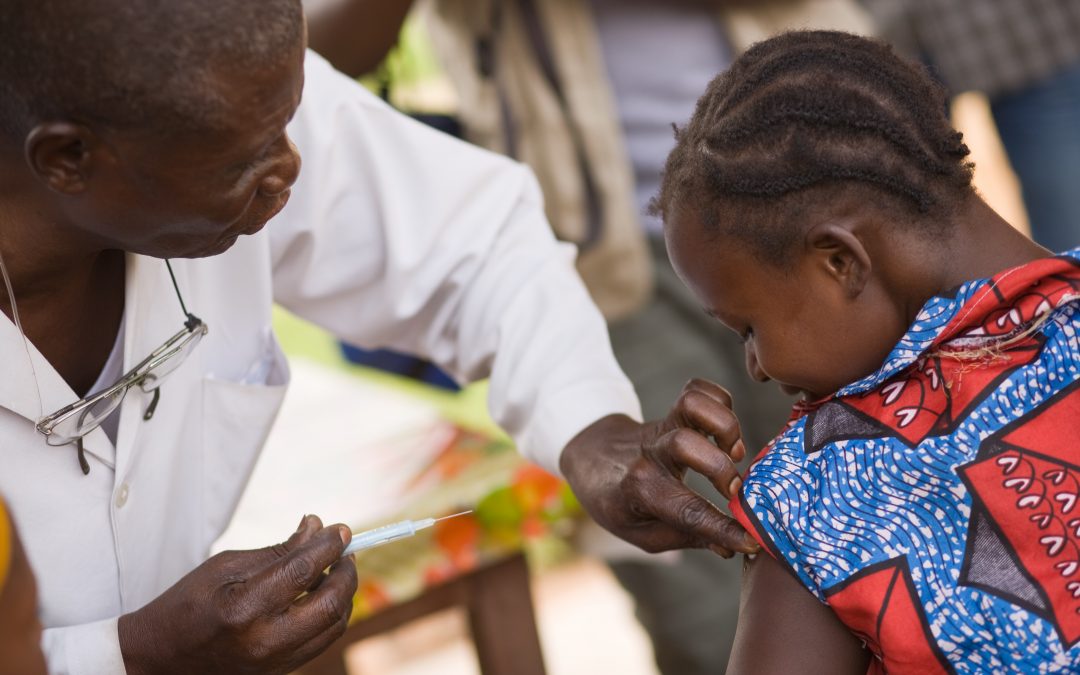We spoke to Anna Doubell from Policy Cures Research following the launch of the 12th G-FINDER report – the most comprehensive report to date on global funding for R&D on neglected diseases like malaria, TB, sleeping sickness and helminth infections.
Could you please give a brief analysis and reflection on the 2019 G-FINDER results?
In the latest G-FINDER survey, we found that over US$ 4 billion was invested in research and development for neglected diseases – a record high. This is the first time that we’ve ever seen three years of consecutive increases. The growth was led by governments and multilaterals, who once again provided the most funding (US$2,599m), but the private sector also really stepped up: investment from multinational pharmaceutical companies increased by 28%, taking their contribution to $598m. There was a lot to celebrate in this year’s findings, but we can’t rest on our laurels: we have a strong pipeline of products but as these candidates progress towards late-stage trials, the demand for investment will increase. We also have a lot more to do to address neglected tropical diseases; funding for this group has flatlined or even regressed over the past decade.
In the past, we’ve seen the European Commission’s (EC) funding for Poverty Related and Neglected Diseases (PRNDs) research and development (R&) flatline (around 100-110M€ per year). Do you think the EC is living up to its potential on funding for PRND R&D? And why should the EC fund R&D in PRNDs?
The EC has two main grant-making avenues for PRND R&I: the framework programmes (currently Horizon 2020) which typically fund basic research, and the European and Developing Countries Clinical Trials Partnership (EDCTP), which, as is clear from its name, focuses on clinical trials. As you say, the EC’s top-line figures have been fairly steady, but we’ve seen a strong ramp-up in its funding of EDCTP. Given the demand for funding for late-stage trials that we expect to see in the coming years as a result of graduation of the strong pipeline, we hope that the EC and EU countries will continue to support this critical work. Programmes such as InvestEU and the successor to the Innovfin Infectious Diseases Facility could play a critical role in providing follow up funding for these innovations. To leave products in the pipeline, waiting for funding, would really be a lost opportunity. The EDCTP also provides a way for both the EC and member states to support the vibrant research communities across Europe, as well as developing the capacity of research communities in Africa.
We’re seeing more African countries (especially South Africa) increase their investment into PRND R&D. Do you see this becoming a growing trend?
The South African government’s investment of US$ 12-15m p.a. over the past three years puts it on par with Canada and Spain, and ahead of Norway and Ireland. When we look at its contribution relative to GDP, it comes in at a third place, behind only the US and UK. But we haven’t seen this commitment to R&D funding replicated elsewhere in Africa. Some of this might reflect survey participation, but our understanding is that African governments are more likely to be funding operational work than innovation. African investment in research for new tools, as well as partnerships with international funders, should go a long way to making sure that countries that bear the burden of these diseases are able to shape the agenda of research and that the products meet their needs.

Anna Doubell is Director of Research and Chief Operating Officer at Policy Cures Research, a global health think tank with a long and pioneering history in global health R&D data collection and analysis.
Featured photo credit: Valeriya Anufriyeva / Shutterstock.com
